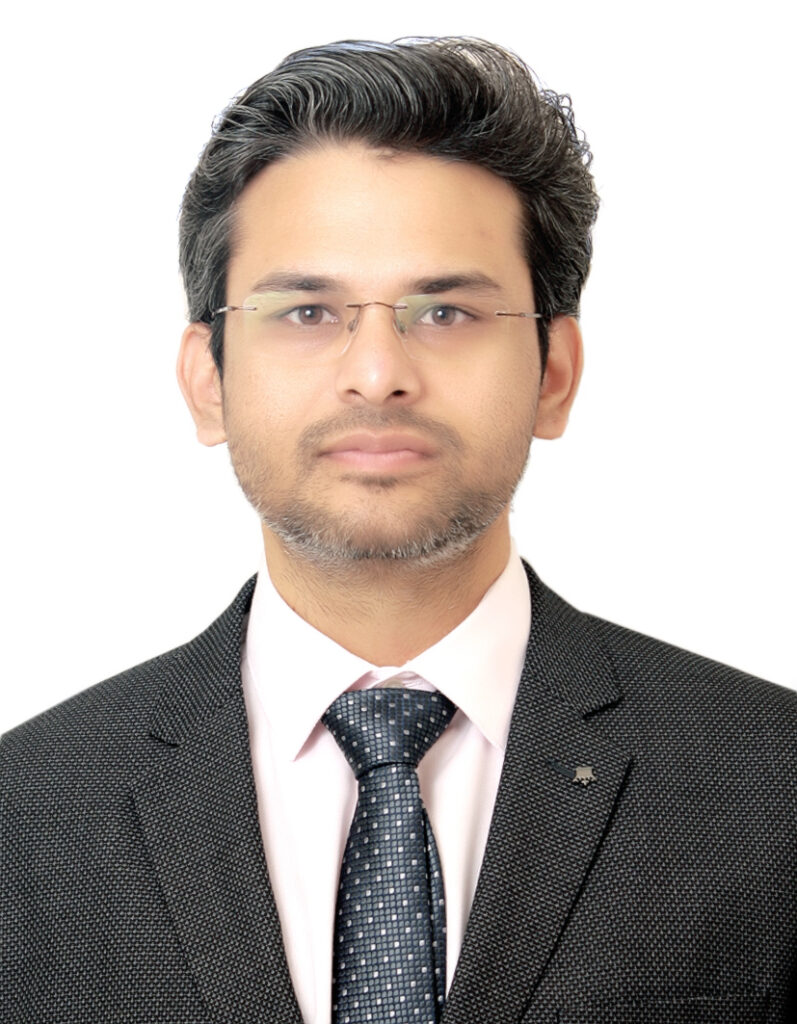Polydactyly (extra finger/toe)
Polydactyly (extra finger/toe)
Home>Birth Defect Management >Polydactyly (extra finger/toe)
Quick Links:
If the extra finger is more fully developed, your child may benefit from a surgery to remove the extra finger. This is typically done when a child is between 1 and 2 years old. This surgery can range from a simple procedure to remove the extra little finger to more complex procedures (for thumbs and central fingers).
What is the role of Plastic Surgeon in Hand injury?
Plastic surgery deals with the repair, reconstruction, or replacement of physical defects of form or function involving the skin, musculoskeletal system, cranio and maxillofacial structures, hand, extremities, breast and trunk, and external genitalia.
Who treats polydactyly?
The pediatric hand specialists at Children’s Health are experts in treating congenital hand differences, including all types of polydactyly. From birth through treatment, they will guide you through the diagnosis, recommendations, and treatment plan that will provide your child with the best function for their hand.
What other case scenarios which require polydactyly by plastic surgeon?
- Lipoma over the hand
- Ganglion
- Carpal Tunnel syndrome (pinched nerve in the wrist)
- Trigger finger (finger gets stuck in bent position)
- Dupuytren’s contracture (one or more fingers stay bent towards palm)
- Camptodactyly and Clinodactyly (Flexed or bent fingers)
- Birth defects (Syndactyly, Polydactyly, etc)
- Leprosy related hand deformity (Claw hand)
- Burn deformity of hand
When to seek emergency care by Plastic surgeon?
- Severe pain and bleeding, numbness, loss of motion or strength
- Complete separation of injured part from rest of the hand (amputation)
- Signs of infection (redness, swelling, pus or fever)
- Exposure of underlying structure such as tendons, bone, joints, artery, vein or nerve
- Any deep cut, open or dirty wound or wounds due to animal or human bite
- Burns: If the skin is disrupted or if the burn goes completely around a finger, hand or wrist
What kind of treatment is offered in Polydactyly by Plastic surgeon?
FAQ's
The most common treatment for polydactyly is removing the extra finger. This typically occurs when a child is between 1 and 2 years old. At this age, children are young enough not to miss developmental milestones, such as grasping for objects, but old enough to better tolerate anesthesia and surgery.
The most common complication in preaxial polydactyly is hallux varus. This may cause pain and difficulty with shoe wearing, warranting subsequent surgical correction. Failure to correct a longitudinal bracket epiphysis that may be associated with a duplicate great toe can result in the development of hallux varus.
Depending upon extent of injury and patient profile, regional or general anaesthesia can be given.

